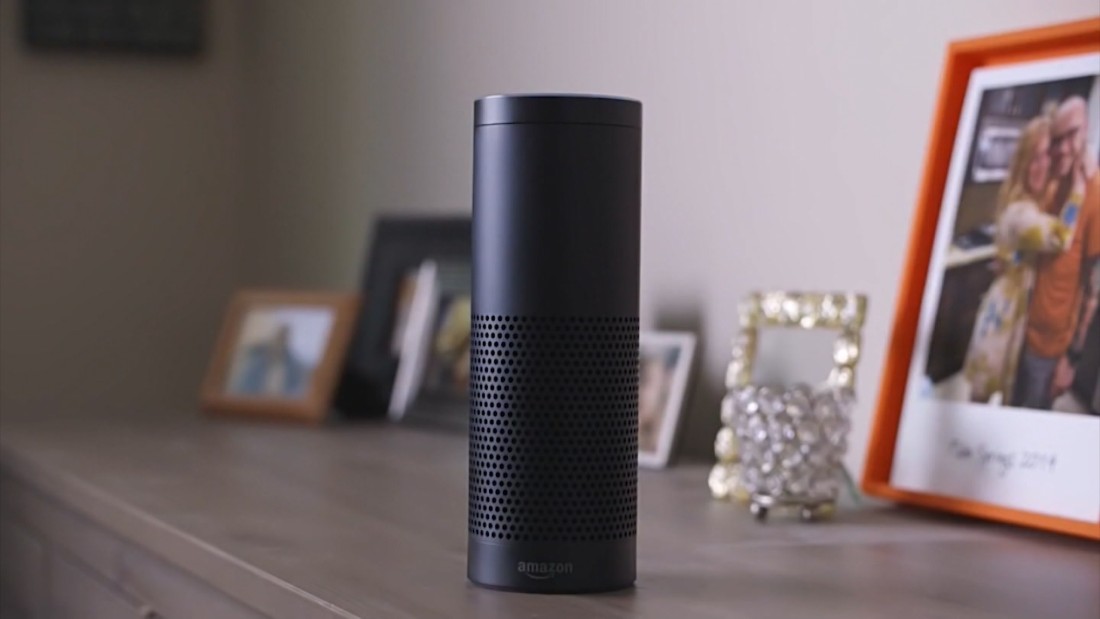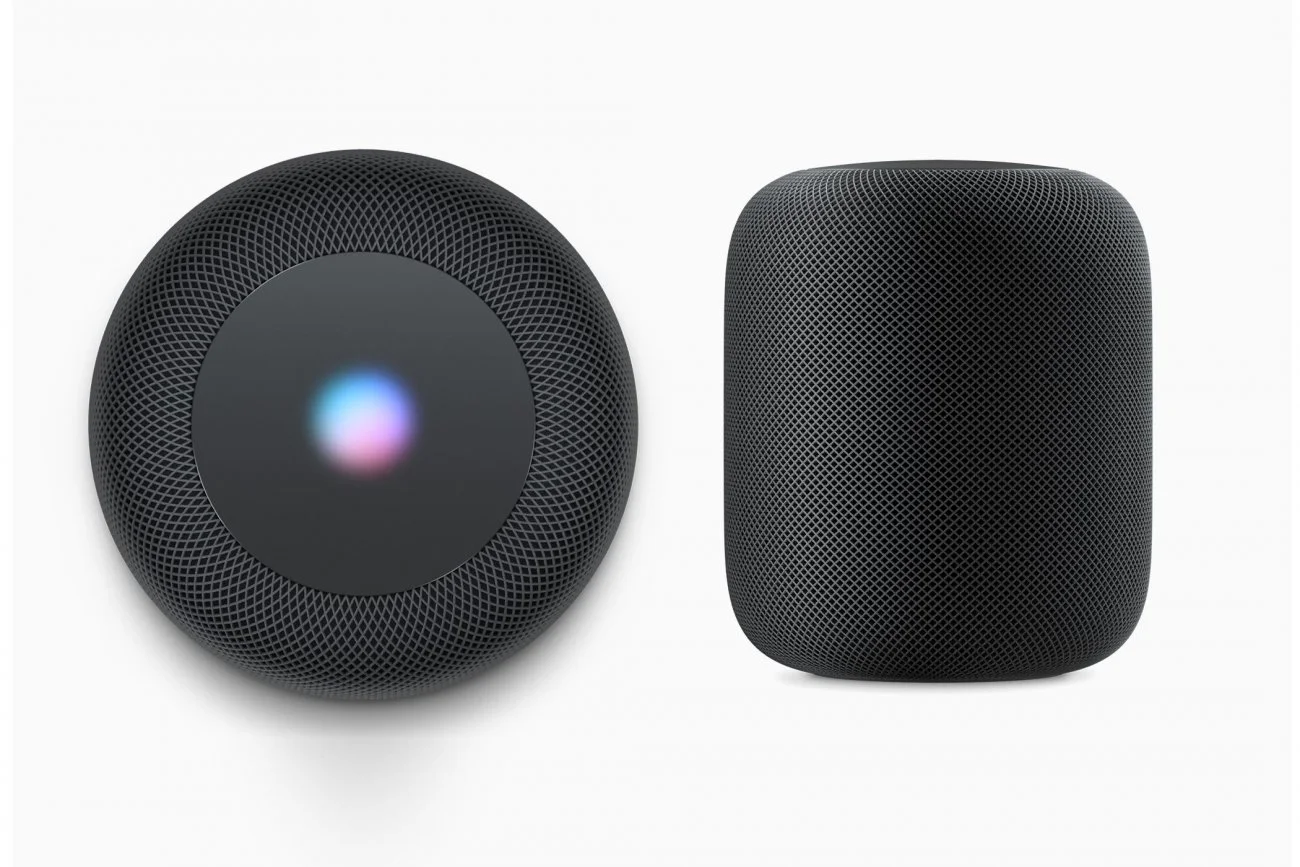Set up your smart home in minutes
With its built-in smart home hub, Echo Plus makes connecting to compatible smart home devices easy. Just say, “Alexa, discover my devices,” and Echo Plus will automatically discover and set up compatible lights, locks, plugs, switches, and more without the need for additional hubs or apps. This simple set-up works with a variety of ZigBee products from leading brands such as Philips Hue, GE, Kwikset, and more. To help get your smart home started, Amazon customers will receive a Philips Hue smart lightbulb with the purchase of an Echo Plus while supplies last.
More powerful audio and better performance
Echo Plus has enhanced 360-degree omni-directional audio, with Dolby processing, to provide deeper bass and crisper high notes for better audio clarity. You can play music from Amazon Music, Pandora, Spotify, iHeartRadio, TuneIn, and more. With Amazon Music, you can search for music by lyrics, time-period, or let Alexa pick the music for you. Like the new Echo, Echo Plus features second generation far-field technology for even better performance.
All new Alexa features
Alexa Routines
Routines allow you to automate a series of customizable actions using a single voice command of your choice. For example, say, “Alexa, good night,” and Alexa will turn off the lights, lock the door, and turn off the TV. You can also create Routines based on the time of day – for example, you can create a Routine that has Alexa turn on the kitchen lights, start the coffee maker, and read the weather forecast at 6 a.m. every weekday and at 9 a.m. every Saturday and Sunday.
Routines are compatible with popular Works with Amazon Alexa lights, plugs, switches, and door locks from leading brands like TP Link, Philips Hue, Wemo, and August, and will be available for all Alexa devices including the all-new Echo, the previous generation Echo, Echo Dot, Echo Show, and Echo Plus starting next month.
Improved smart home groups
You no longer need to remember the specific name of a smart device or group of smart devices to control them. Now you can place your Echo and smart devices into smart home groups, which enables Alexa to act intelligently on your request, making your interactions with your smart home more natural and effortless. For example, when you walk into the kitchen, you can now say to your Echo “Alexa, turn on the lights” rather than “Alexa, turn on the kitchen overhead lamp.”
This feature will be available on the all-new Echo, the previous generation Echo, Echo Dot, Echo Show, and Echo Plus starting next month.
Call anyone with Alexa
Four months ago, Amazon introduced Alexa calling and messaging, and millions of customers have started using the feature. Now, Amazon is expanding this feature to include support for free outbound calling to phone numbers within the United States, Canada, and Mexico. Just say “Alexa, call Mary’s mobile,” and Alexa will call Mary’s mobile phone from your smartphone’s contact list. Alexa can also dial phone numbers that you speak to her so that you can reach people or businesses that aren’t in your contacts. Calls to 911 are not supported. This feature is available for all Echo, Echo Dot, and Echo Show customers starting today in the US.
Amazon also introduced Echo Connect, a new Alexa accessory that turns your Echo into a high quality, hands-free speakerphone for your home phone line. Echo Connect works with your existing home phone service – either landline or VoIP. Without touching a single button, ask Alexa to call anybody from your contact list – when you call, they will see your home phone number as the caller ID. When someone you know calls your home phone, Alexa will announce their name from your contacts list—just ask Alexa to answer to start the conversation.
Echo Connect is easy to set up—simply connect it to your home Wi-Fi network and home phone jack or VoIP adapter, and use the Alexa app on your mobile phone to set up Echo Connect. Echo Connect is just $34.99 and will be available later this year.






















































